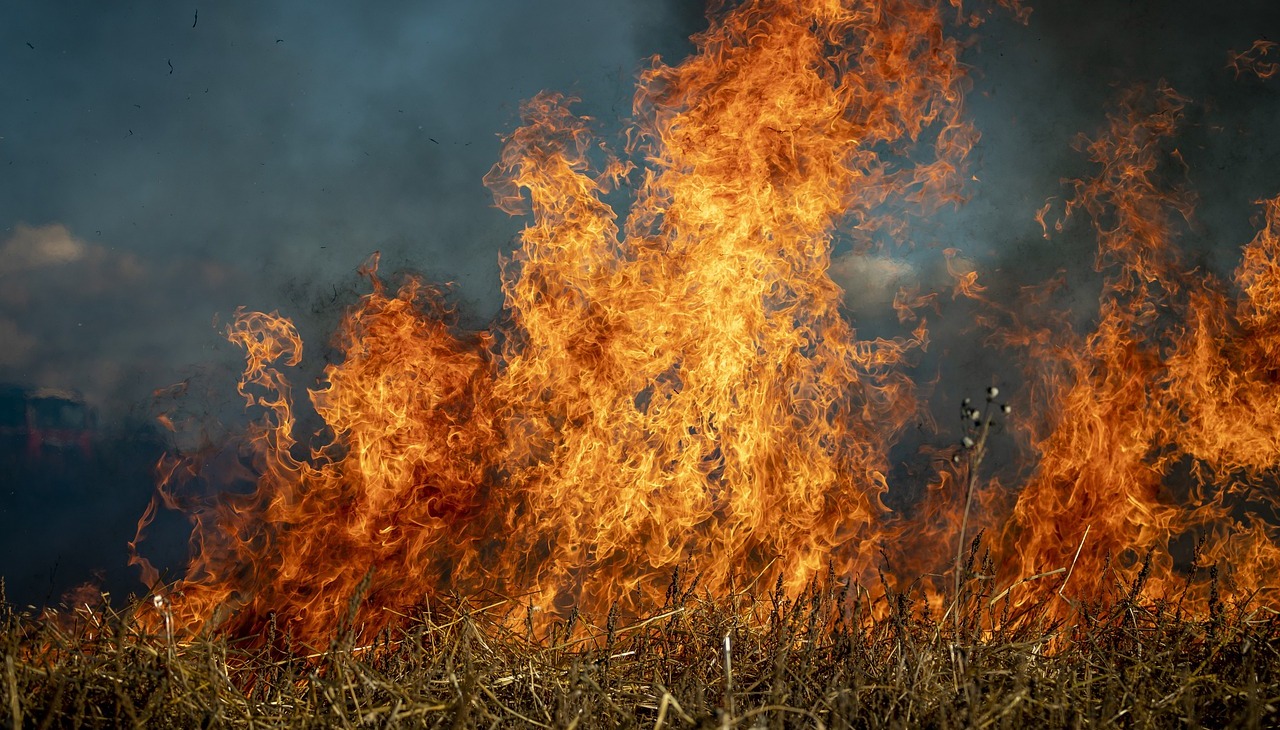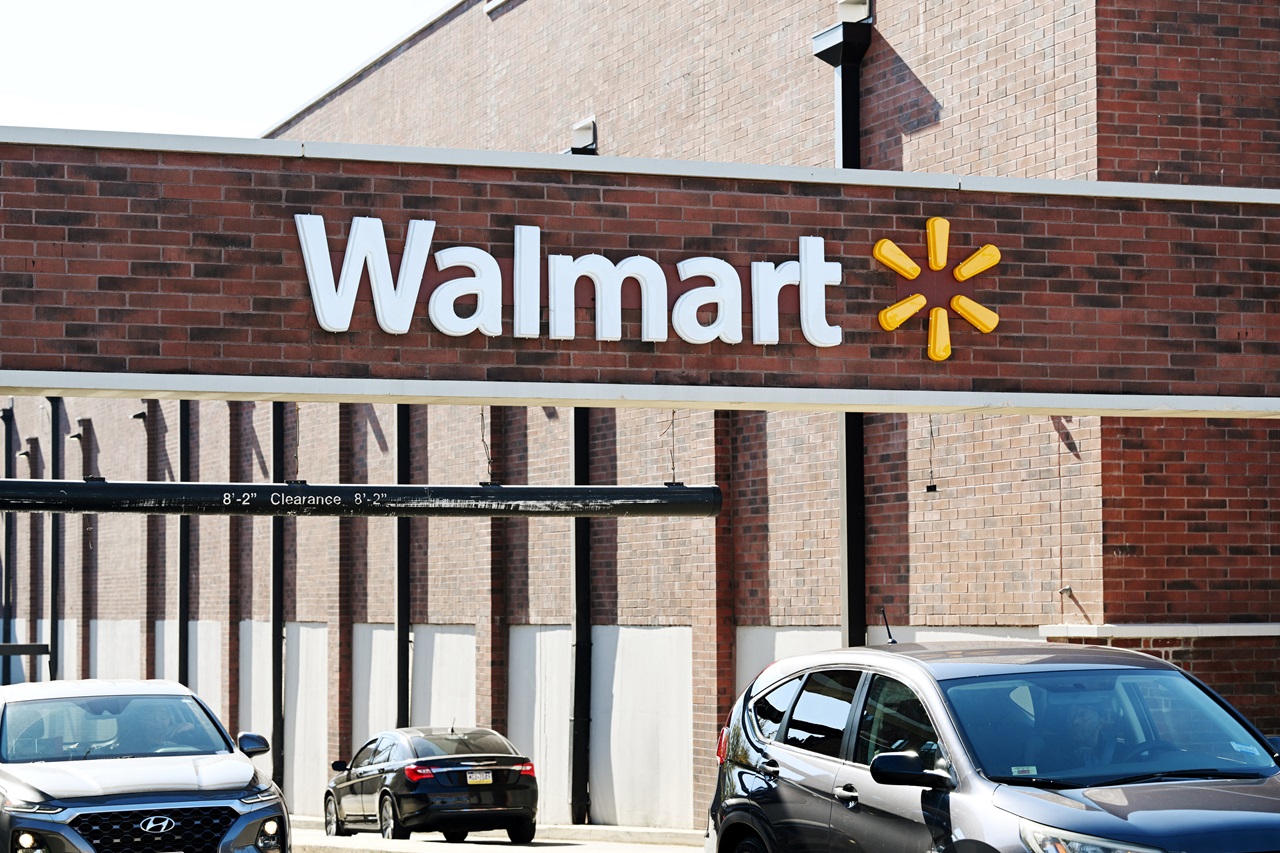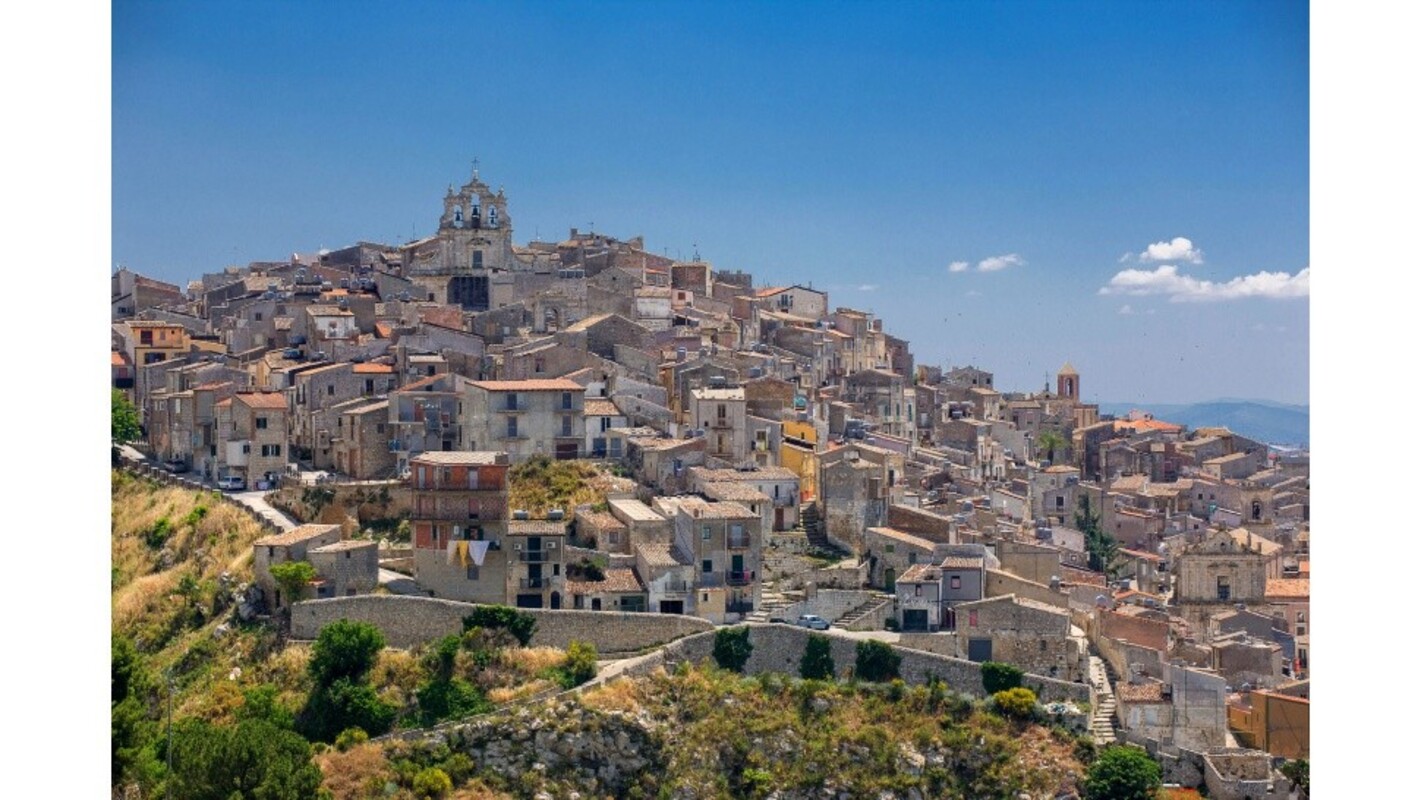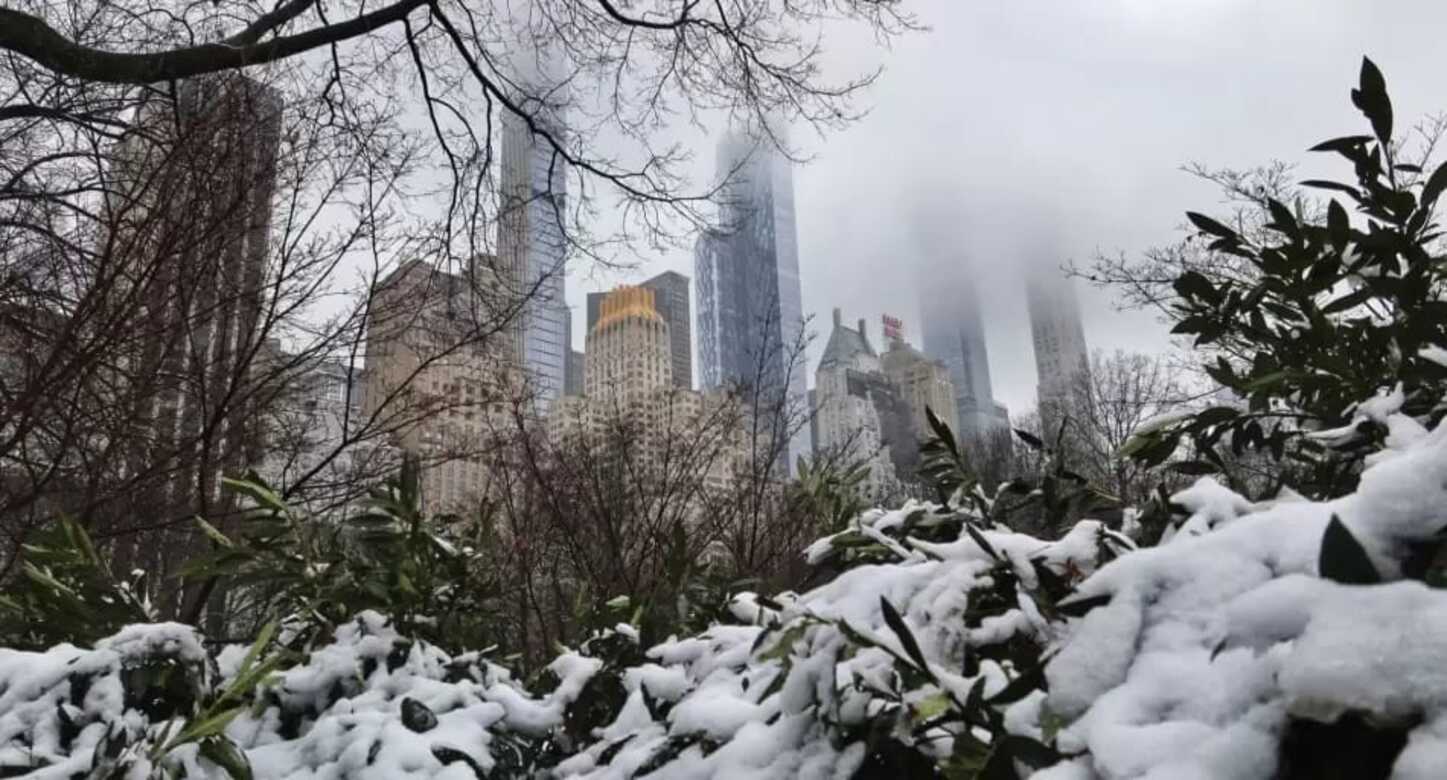
Deforestation in the Amazon: Brazil and Bolivia account for 90%
An investigation by the Coordinator of Indigenous Organizations of the Amazon Basin (COICA) revealed this worrying situation.
Although the crisis in the Amazon due to deforestation and degradation has been accentuating in recent decades, recently revealed figures warn of the urgency of this situation, focusing its attention especially on countries such as Brazil and Bolivia, which account for almost all of these phenomena (90%) that critically affect the ecosystem.
El País shared the COICA report that was socialized within the framework of the V Amazon Summit of Indigenous Peoples in Lima, Peru, entitled “The Amazon against the clock: A regional diagnosis on where and how to protect 80% by 2025,” which alerts about the savannization processes that are leading to an accelerated deterioration of the jungle areas in both countries, which calls on the governments to seek immediate solutions.
Report Results
In a study that collects information from the nine countries of the basin, the following results stand out:
RELATED CONTENT
- 34% of the Brazilian Amazon is currently undergoing a transformation process, as is 24% of the Bolivian Amazon. They are followed by Ecuador with 16%, Colombia with 14%, and 10% in Peru, the countries with the highest rates.
- High rates of forest disturbance, combined, already reach 26% in the region.
- The remaining 74%, 629 million hectares of priority areas are still standing and require immediate protection.
- According to images recorded by the Brazilian Space Agency and analyzed by the National Institute for Space Research, 31,513 fire alerts were recorded in the Amazon in the last month.
“Without knowing it, we eat, transport ourselves and wear products that destroy the Amazon. We cannot afford to lose one more hectare. The future of the Amazon is everyone's responsibility," stated to El País Alicia Guzmán, representative of Stand.Earth, one of the coordinators that is part of the "Amazonia for Life" coalition.
Battle against ranching
The report, which uses data collected between 1985 and 2020, points to the cattle industry as the largest driver of deforestation in the Amazon, an activity that represents almost 2% of global carbon dioxide (CO2) emissions annually and that has Brazil as the scenario of most of the world's livestock activity.
Assassinations of Environmental Leaders
In addition to calling on governments to heed the call of indigenous peoples and work hand in hand with these communities to safeguard what remains of the Amazon, the report highlights an underlying scourge that is made visible by the systematic assassination of leaders who work for the protection of the forest.
“Between 2015 and the first half of 2019, 232 indigenous community leaders were killed in the region due to disputes over land and natural resources. In 2020, this trend continued. While, in 2021, a third of all violations recorded in the Americas were against defenders of environmental, territorial, and indigenous peoples' rights," the report highlights, echoing a European Parliament resolution condemning human rights policies of Brazilian President Jair Bolsonaro, and denounces the growing violence against human rights defenders, indigenous people, minorities and journalists in Brazil.











LEAVE A COMMENT:
Join the discussion! Leave a comment.